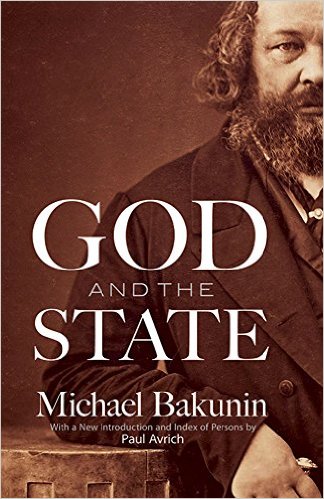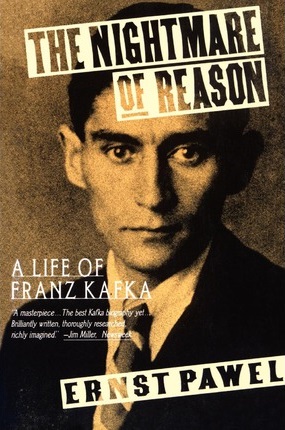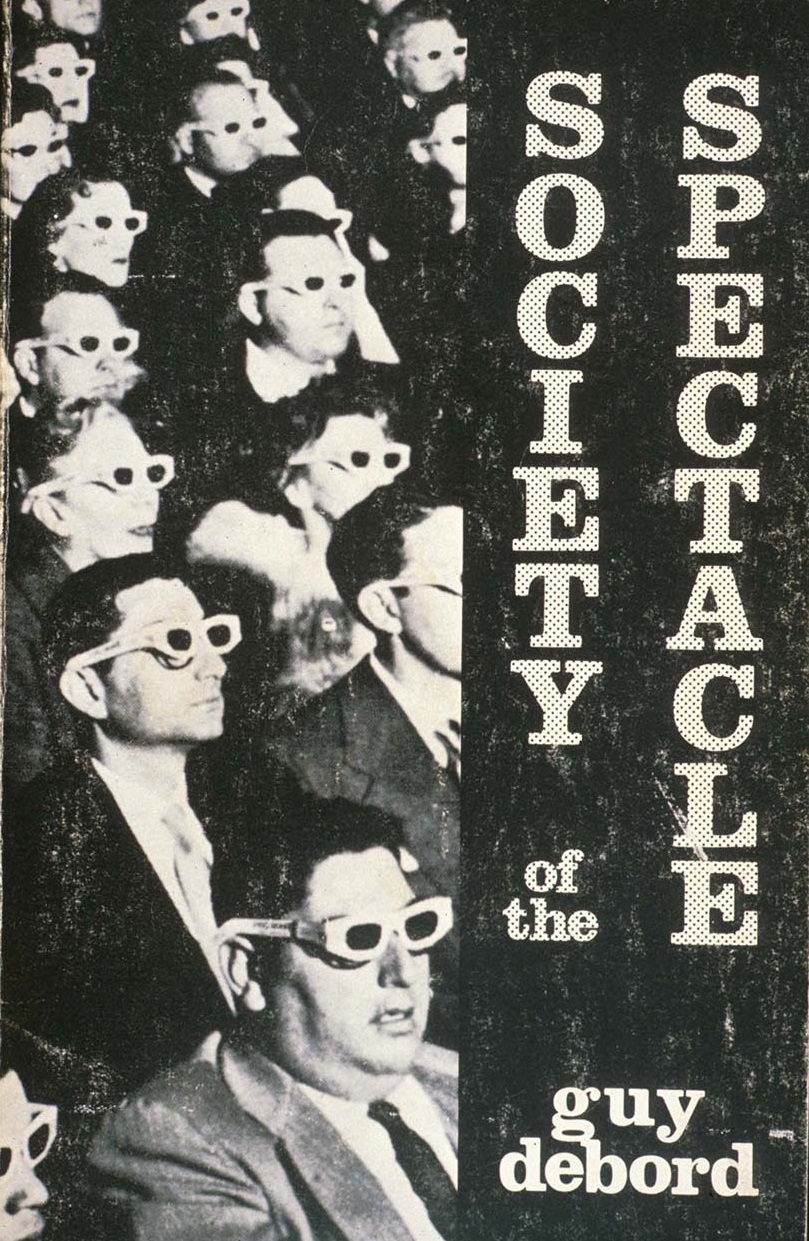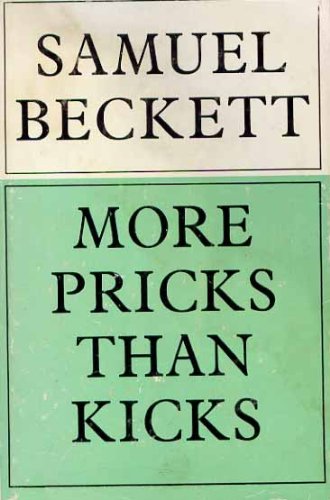This Reading Life: Sheila Mannix
For each of the seven days of National Library Week 2015 the River-side blog will host responses from a group of seven contributors who were asked to nominate seven ‘formative’ books. The project is curated by Fergal Gaynor. Today’s contributor is writer and artist Sheila Mannix.
I remember reading The Golem by Gustav Meyrink in 1987 when I was 21.
I remember dreaming, drawing, and hallucinating images from the book.
I remember the central concept of the power of letters.
I remember becoming obsessed with the myth of the golem.
I remember planning an essay I never wrote about its influence on Mary Shelley’s Frankenstein.
I remember contacting the Jewish Museum in North London and asking them if I could use their library for my golem research.
I remember the man on the phone telling me I had to write a formal letter of request, stating my motivation and intentions.
I remember thinking this was over the top.
I remember calling myself a writer in the letter and feeling very cheeky as I had only two published poems to my name.
I remember coming away from the library with a book I still have today called Golem! Danger, Deliverance and Art by Emily D. Bilski.
I remember thinking a couple of minutes ago that it’s perfectly possible I stole it.
I remember being a teenage book thief.
I can’t remember when I stopped.
- Charles Baudelaire: La Fanfarlo (Milles et une nuits, 1997)
First published in 1847, this novella celebrates the poet’s love affair with his mistress, actress and dancer Jeanne Duval, whom Baudelaire referred to as his ‘Black Venus’.
- Michael Bakunin: God and the State (Dover, 1970)
A fragment left after his death (in 1876) by the great anarchist thinker, God and the State didn’t circulate publically until the early years of the twentieth century. It opposes the principle of human liberty to all forms of religious indoctrination, which are regarded as instruments of political power.
- Ernst Pawel: The Nightmare of Reason (Farrar, Strauss and Giroux, 1992)
The following is a piece of ‘reading in action’ – a writing-exercise based on Pawel’s life of Franz Kafka:
Val N can still remember the first time she saw Oswin. It was one of those days when the lift was broken. He had come out of his flat on his way downstairs and passed in front of her open door. Suitcases and bags were coming and going and Oswin was scratching his head. At that time he’d gone for the neo-beatnik look: flat cap, beard, black-rimmed glasses, baggy navy denims with turn-ups, vintage converse sneakers. Georges P later told Val N that Oswin had gone to Tangiers to write a book.
This was a lie that Oswin had spread among the inhabitants of the building. Oswin had only ever written one book. It was called African Gold. The sole critic who reviewed it compared it unfavourably to Louis-Ferdinand Céline’s Journey to the End of the Night. The novel was not much read and a few months later, disappointed at not being embraced by literary society, Oswin began to work in film production.
Boozy business lunches proved to be Oswin’s undoing, and his doctor told him that if he wanted to save his hepatitis-ridden liver, he had to give up alcohol. This was Oswin’s real project. He planned to hole up for the winter in Tangiers, read books, and avail of the abundant supply of opium and kif in order to facilitate the withdrawal of alcohol from his system.
As soon as he was settled, Oswin began to read a biography of Franz Kafka. Some way into the book he wondered if the sense of the uncanny it aroused had more to do with the effects of the drugs he was smoking than with the contents of the book itself, but no one could deny that there were vast similarities in their life story, and he took to underlining segments that he could have inserted into his own autobiography.
Kafka defined writing as a ‘form of prayer’. For Oswin, too, it began as a form of magic, to be practiced in stealth and awed solitude. He shared his writing with no one. When it came to judging the merit of his work, he neither sought nor needed help. He had to satisfy a far more implacable and merciless judge – himself – and he seldom succeeded. But writing wouldn’t let go. The irresistible compulsion to write seemed to him part of a dark, utterly personal fate, and much of the time he felt more driven than chosen.
‘Writing sustains me,’ he wrote to his friend Max Brod. ‘But wouldn’t it be more accurate to say that it sustains this kind of life? Which does not, of course, mean that my life is any better when I don’t write. On the contrary, at such times it is far worse, wholly unbearable, and inevitably ends in madness. A non-writing writer is, in fact, a monster courting insanity.’
Without wishing to anticipate events, it might be useful to point out that Oswin’s reading of Kafka’s biography had serious consequences for him. When Val N was finally introduced to Oswin, she noticed that he was now going for the weary lion look, the old loner who’s seen it all, happier with desert Bedouins than in the drawing rooms of Paris: desert boots, chinos, linen jerkin with multiple pockets.
Georges P flashed his Marty Feldman eyes and said that Oswin was a great writer.
Val N asked him, ‘What have you written?’
He said, ‘I have just finished “The Metamorphosis”.’
‘Oh,’ she said. ‘What’s it about?’
Oswin replied, ‘It’s about a travelling salesman called Gregor Samsa who wakes one morning to find himself transformed into a giant insect.’
Val N couldn’t believe her ears.
She said, ‘Have you ever heard of a guy called Franz Kafka?’
‘That’s strange, said Oswin. ‘Because before, when I wrote The Trial, I was asked the same thing. Who is this man, Franz Kafka? He keeps on copying me.’
- James Joyce: Stephen Hero (Cape, 1969)
Published posthumously (in 1944) much of this autobiographical novel was remodelled to form the less naturalistic Portrait of an Artist as a Young Man. It was written chiefly in Trieste when Joyce was in his twenties.
- Guy Debord: Society of the Spectacle (Black and Red, 1983)
Arch-Situationist Debord’s 1967 analysis of mass society was a guiding light for another piece of ‘reading in action’, an art project (in collaboration with artist Tim Furey) commissioned for Cork’s tenure of European Capital of Culture 2005:
Inspired by the Dutch Provos, an anarchist group who launched an attack on private property in the summer of 1965 by making white-painted bicycles freely available in the streets of Amsterdam, we conceived of the White Benches project.
Two young product designers, Matt O’Sullivan and Sam Russell, were commissioned to design and construct half a dozen benches. These were painted white, both as a homage to the white bicycles and as a reference to the ghostly aspect of their appearance in places where civic seating has been removed by the city authorities.
During the three-day installation across the city, the benches were initially situated in places where public seating once existed (these locations were researched from archive photographs) and were then moved to other interesting locations about the city-centre. As well as functioning as seating, the benches became props for the city’s skateboarders – a function facilitated by their design, and which we regarded as a realisation of the Situationist vision of a ‘transfigured public space’ where free dialogue, non-instrumental exchange and play would supersede the atomised and purely contractual relations of consumer capitalism.
– Cork Caucus: on Art, Possibility & Democracy, National Sculpture Factory & Revolver: 2006
- Samuel Beckett: More Pricks than Kicks (Grove Press, 1970)
Beckett’s first published book (Chatto & Windus, 1934) – a collection of short stories revolving around the character Belacqua Shuah.
- Joseph Roth: The Radetzky March (Penguin, 2000)
Finally, another piece of ‘reading in action’: a writing-exercise based on Roth’s 1932 novel of Austro-Hungarian imperial decline:
Small, old, and shrivelled, a sallow gnome with a tiny wizened face, Herr von Winternigg sat in the back seat of his Mercedes enveloped in an enormous tartan rug.
‘Well, sir?’ asked his driver.
Herr von Winternigg made no reply. He had spent so long feigning deafness his hearing had become impaired. Twisting round and round his finger the hawk’s-eye signet ring he wore on his left hand, he watched and waited while his wife’s coffin was removed from the hearse.
Elderly acquaintances walked the cemetery path in twos and threes. Through a gap in a row of ancient cypress trees young folk shortcutted their way to the grave, daring, as those near death would never do, to disturb the resting places of the dead. Dressed in black and roaming with stealth among the tombs and family vaults, they reminded Herr von Winternigg of big cats. His wife doted on cats.
‘She won’t like all those crosses,’ he said, ‘but she changed her mind about cremation when she heard cancer is the last thing to burn. She wouldn’t give it the satisfaction of outliving her bones.’
Trotta & Son Undertakers had set up a microphone at the graveside. It was a secular funeral. Frau von Winternigg was a philosophical materialist. Throughout her filmmaking career she had never tired of quoting the Marquis de Sade: ‘Religion is the one crime for which I will never forgive humanity.’ Her one-time hero, the renowned atheist Luis Buñuel, called a priest to his dying bedside: she called her hairdresser. White roses were to be placed on the coffin after it was lowered into the ground and the husband was to deliver a short eulogy.
Herr von Winternigg declined the white rose offered to him by Trotta’s son. Instead, he took a pair of earplugs from his breast pocket and threw them into the grave. One by one, the chief mourners came forward and placed their white roses on top of the earplugs.
Herr von Winternigg ran his eyes over the crowd like a lieutenant inspecting his platoon. A squad of well-turned-out pensioners formed the front line. Sartorially, they flew the flag for furs and pearls, velvet jackets and polka-dot cravats, corduroys and brogues, asymmetrical haircuts and avant-garde outfits long out of fashion.
There was a tremor in his bony, liver-spotted hand as he grasped the microphone stem, but the voice that had broadcast a thousand war reports rang out loud and clear.
‘In the tradition of all great misanthropists, my wife preferred animals to people,’ he said.
‘She suffered great unhappiness in life, but it never made her any wiser. She was cynical and sarcastic, angry and demanding, an argumentative control freak with an explosive temper. She would spin off into a tantrum at the slightest upset, and she whined and complained incessantly. Everything irritated her. Noise, above all. She couldn’t bear noise. Well, perhaps now she is enjoying silence at last.’
There was a murmur from the crowd. Someone laughed: a short, hysterical outburst, which was quickly stifled. For a moment, all the sounds of the autumn countryside were heard. Larks sang, crickets chirped, flies buzzed.







